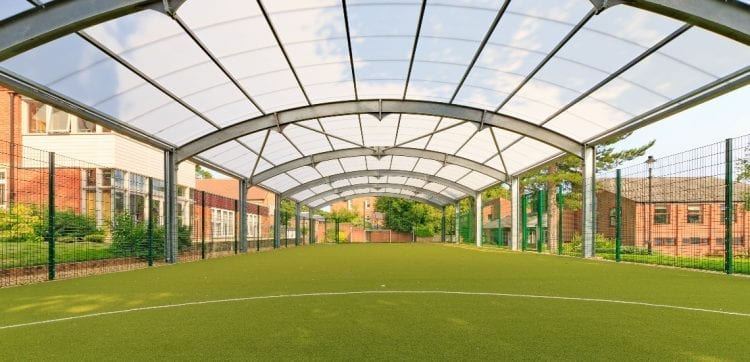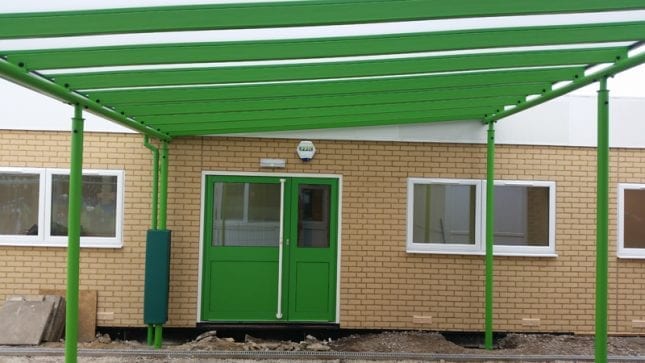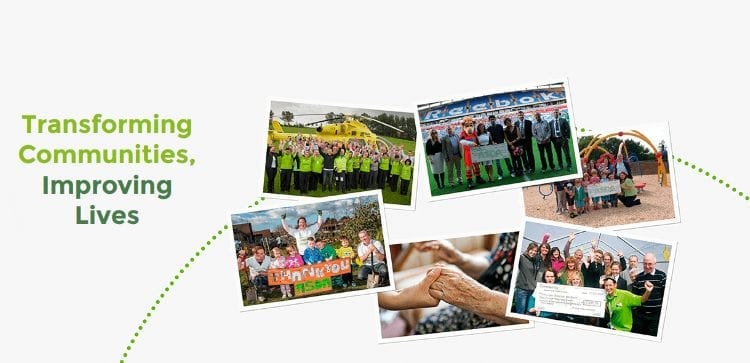Since over a decade ago –with campaigns such as Jamie Oliver’s healthy school meals, and Change4Life –there has been an increased focus on Physical Education, and its importance as part of the school day.
Scheduled time for exercise and team sports offers not only physical health benefits, but can also help to improve a child’s mental health. The subject’s most obvious value lies in the physical benefits. A British Heart Foundation study states that nearly a third of all children are now overweight, suggesting a lack of exercise combined with an unhealthy diet. Through incorporating exercise in to a young person’s weekly routine, it helps to promote a healthy lifestyle, whilst also reducing the chance of obesity in later life.
These benefits do not end with the physical. In recent years, there is a growing pressure on a student’s value; they are seen as a number, according to their exam marks and future academic potential. More and more students are becoming ‘burned-out’ from studying for too long due to pressures from teachers, parents, and themselves. As these pressures begin to affect students at an increasingly younger stage, it is imperative that a break is scheduled in between academic study, in both primary and secondary schools. A break for P.E. not only teaches students how to study in a healthy and effective way –with breaks –but also helps to alleviate stress that is produced when a brain is over-worked.
The importance of P.E. can extend to shaping the behaviour and character of a young pupil. A classroom environment can use discipline to prepare a person for a professional environment, but P.E. can prove beneficial in another manner. As well as exposing the younger generation to a healthy interest in sports, many lessons are centred on team sports, and can help to teach how to interact with others. As a young adult entering a career for the first time, the ability to work as a team, as well as individually, is one highly coveted by employers. To begin this at a young age would not only increase their chance of continuing a team sport at a later age, but could go as far as increasing their future employability.
With such a focus on academic progress, some may argue that P.E. removes a pupil from essential classroom time, discouraging intellectual progress. However, there is evidence that regular exercise can help a child to improve their concentration in the classroom, benefitting their other studies also. With students experiencing an increased pressure on their exam results, these are statistics that cannot be ignored. A curriculum must be followed that accounts for both mental wellbeing, and academic progress. Additionally, studies also showed that the benefits of physical activity include ‘better cognitive functioning’ and ‘greater bone strength’.
All of these points focus on what is best for the pupil yet, statistics also prove that P.E. is enjoyed by many students. In 2006, a study showed that the majority of Year 9 pupils in the UK named PE as their favourite subject. Should we then, for once, also consider what children like, as opposed to what is best for them?
It is understandable that outdoor pursuits are often interrupted by unexpected mediums, predominantly rain. When this occurs, the lesson is either brought inside to a school hall. Or, if there are no facilities available, it will be cancelled altogether. This confines a child to a small space, and prevents them from spending well-needed time in the fresh air.
It is not only P.E lessons that are important. A child needs the freedom to go outside during break times too, and this chance too can be interrupted by inclement weather. If these are regular issues at your school, there is a simple option to consider. A covered multi-use games area can offer students a place to keep dry during break time, as well as providing a sheltered area for P.E.
A covered area is essential for conducting P.E. lessons all year round, without students or lesson plans being affected by unexpected changes in the weather. There is also no restriction on size. Many projects have already produced diverse results: from small developments for classroom activities, to large multi-use sports areas. This is essential for not only P.E., but also for allowing extra-curricular clubs to continue throughout the winter months.
Please take a further look at projects already completed by A&S landscape here.


